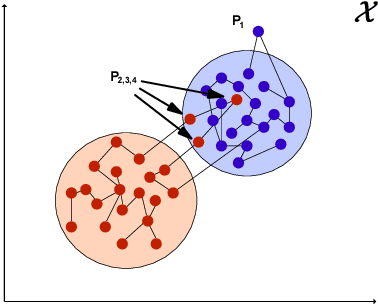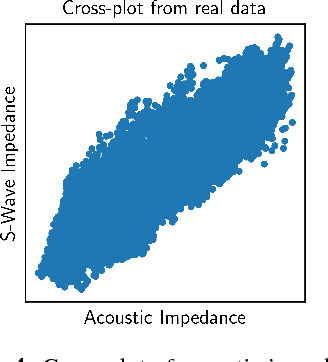Unsupervised Detection and Explanation of Latent-class Contextual Anomalies
Paper and Code
Jun 29, 2018



Detecting and explaining anomalies is a challenging effort. This holds especially true when data exhibits strong dependencies and single measurements need to be assessed and analyzed in their respective context. In this work, we consider scenarios where measurements are non-i.i.d, i.e. where samples are dependent on corresponding discrete latent variables which are connected through some given dependency structure, the contextual information. Our contribution is twofold: (i) Building atop of support vector data description (SVDD), we derive a method able to cope with latent-class dependency structure that can still be optimized efficiently. We further show that our approach neatly generalizes vanilla SVDD as well as k-means and conditional random fields (CRF) and provide a corresponding probabilistic interpretation. (ii) In unsupervised scenarios where it is not possible to quantify the accuracy of an anomaly detector, having an human-interpretable solution is the key to success. Based on deep Taylor decomposition and a reformulation of our trained anomaly detector as a neural network, we are able to backpropagate predictions to pixel-domain and thus identify features and regions of high relevance. We demonstrate the usefulness of our novel approach on toy data with known spatio-temporal structure and successfully validate on synthetic as well as real world off-shore data from the oil industry.
 Add to Chrome
Add to Chrome Add to Firefox
Add to Firefox Add to Edge
Add to Edge